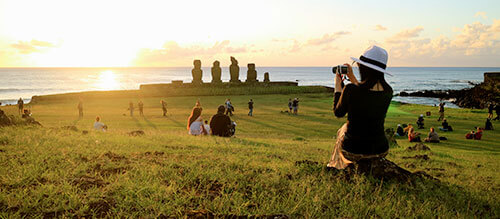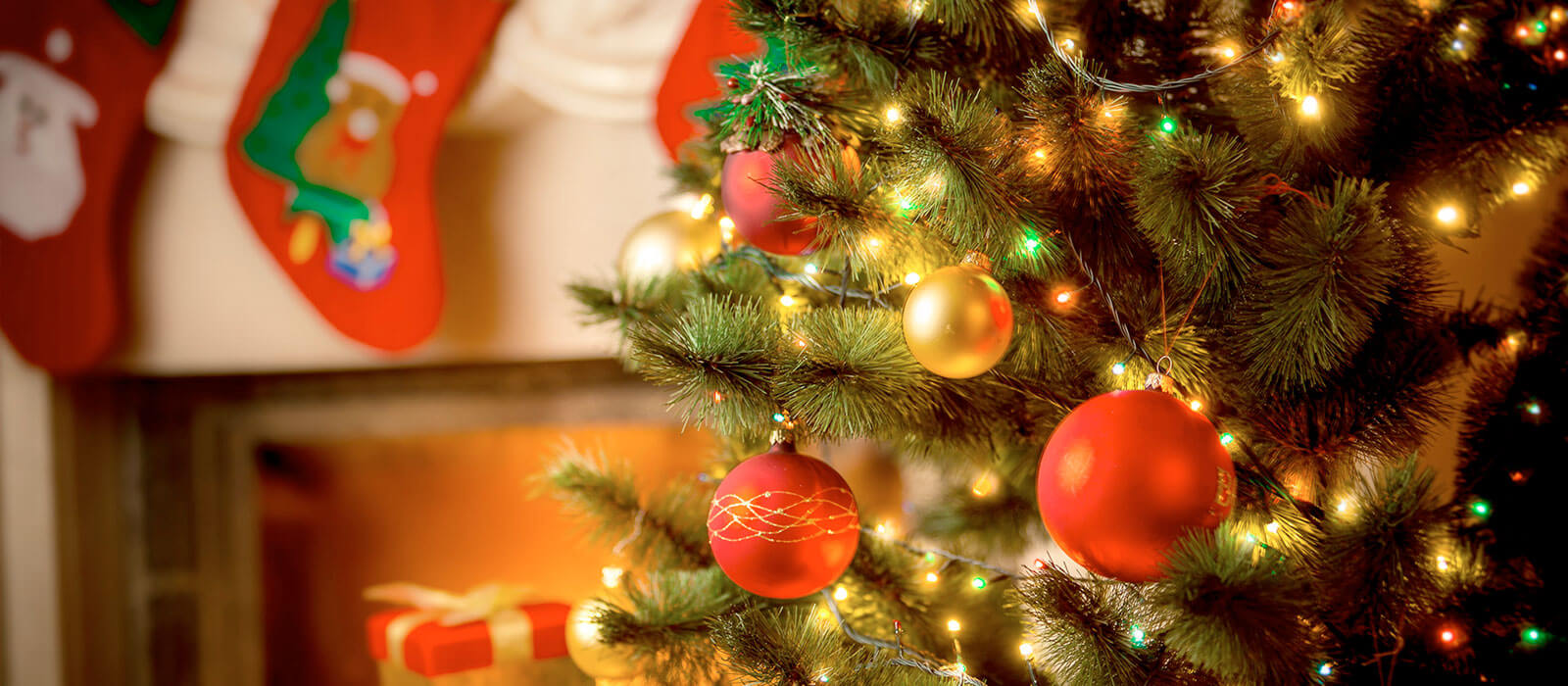Spanish Culture: Holidays in Chile | donQuijote





December is a period of the year full of celebrations and family events. In many countries around the world, festivities begin on the week around December 25th. However, Latinos start with some ceremonies way earlier than that.
Most holiday traditions in Latin America have to do with great food and the company of loved ones. Yet, some countries have special habits that make this time of the year a wonderful moment to pay a visit.
In this post, we show you some of their holiday customs. Click here if you want to read it in Spanish.
Candles Day

December 7th marks the beginning of the holiday season in Colombia. Families, friends, and neighbors light up many ornamental candles on the street.
They do it to honor the Virgin Mary and her Immaculate Conception, which is celebrated the day after.
Posadas or Lodgings

Children in Mexico and Guatemala, among other countries, dress up as Mary and Joseph. They then participate in small parades that go door to door around the neighborhood to find shelter.
Inside, hosts offer them hot beverages, cookies, and some traditional foods such as steamed tamales. To close this ceremony, they hit a big star-shaped piñata.
New Year’s Eve

In many countries around Latin America, people still preserve a very special tradition to bring the year to an end. On New Year’s Eve, they make life-size puppets with cardboard and fabric pieces.
At midnight on December 31st, they burn the puppets to get rid of all negative things and make a good start to the new year.
Frequently, these figures represent popular characters from the political arena. Every year, this tradition becomes a satirical showcase of today’s society.
Christmas with Warini
Warini is the character who brings Christmas to Honduras. Covered with a mask, he dances at home on Christmas Eve accompanied by a band with drums.
These are just some of the most popular Latin American traditions for the holiday season. You may have spotted some differences with the Spanish holiday habits.
If you want to discover more about Latin customs, take advantage of your Winter Break and sign up to one of our Spanish programs. We are waiting for you!

A number of festive celebrations, some religious and some secular, take place throughout the month of December around the Spanish speaking world, where the holiday season often extends well beyond the 24th and the 25th.
Countries located in the southern hemisphere that have strong Christmas traditions greet the season in the middle of their summer time, where culinary and decorative holiday traditions are adapted to warmer temperatures, as they are in tropical neighboring countries near or on the equator.
|
|
|
In Chile, children anxiously await the arrival of the Viejito Pascuero (as Santa Claus is known in Chile). Chileans also attend the misa del gallo (literally “rooster’s mass), a midnight mass offered on Christmas Eve. |
|
Christmas in Argentina: Argentines plan a special meal for the evening of the 24th in which everyone brings a different dish to contribute to the Christmas dinner. It’s also common to see “live nativity scenes” in churches around Argentina. |
|
If you’re in Uruguay on Christmas Eve, don’t be surprised when you hear fireworks erupting at midnight as friends and family members toast one another with fresh cider. You may end up hanging out and having fun until late, but not to worry; you can spend Christmas Day relaxing on the beach (it’s summer in Uruguay). |
|
|
|
|
|
|
|
|
|
|
|
|
In many Latin American countries it’s common for the Christmas period to extend from the middle of December until well into the new year and beyond King’s Day (January 6th). On December 7th in Guatemala, they burn an effigy of the Devil, and on that same day in Colombia it’s el día de las velitas (Day of the Little Candles) when candles are placed everywhere to honor the Virgin Mary. In Honduras, Mexico and Venezuela, starting from December 16th, the nine-day Posadas celebration begins. In many of these places, the Christmas season doesn’t draw to a close until the day of Candelaria on February 2nd.